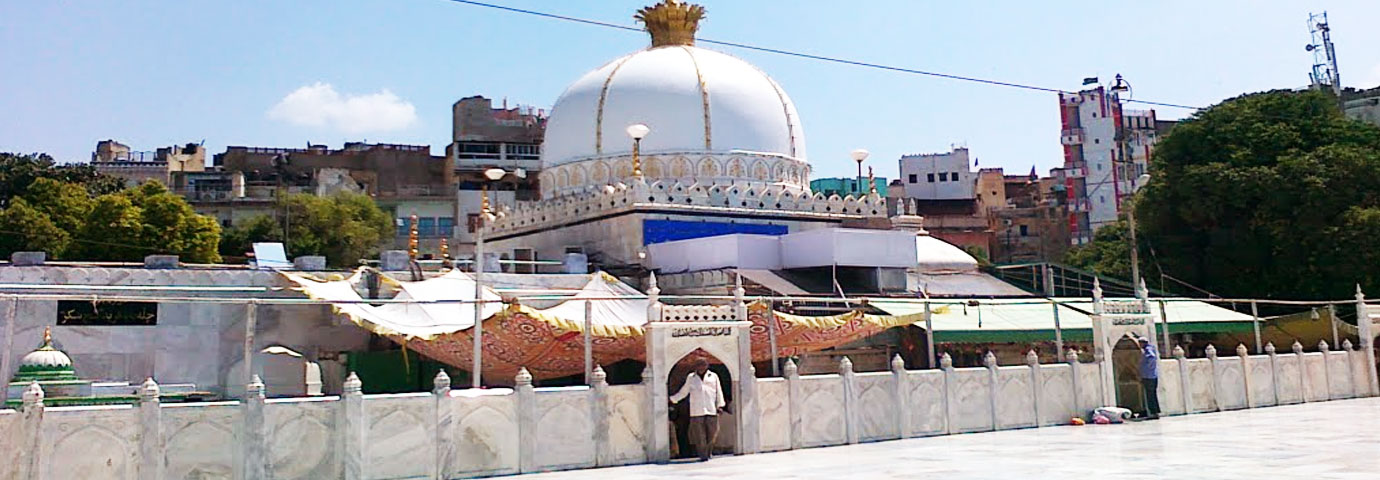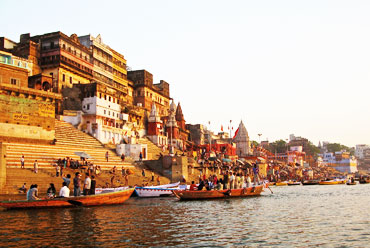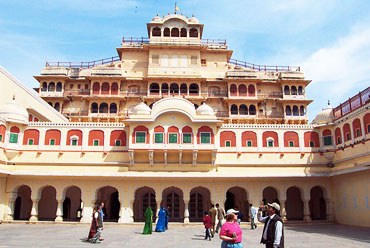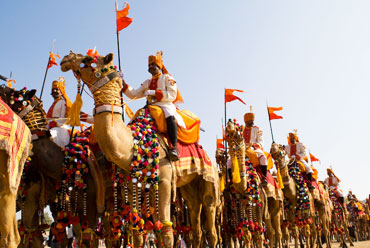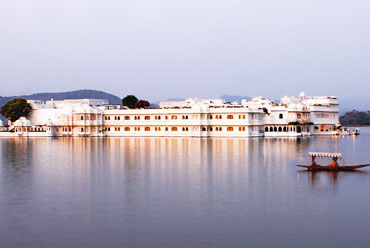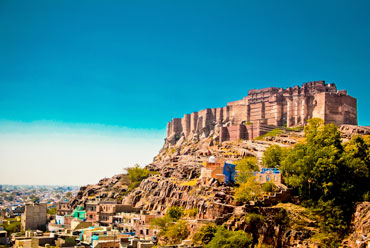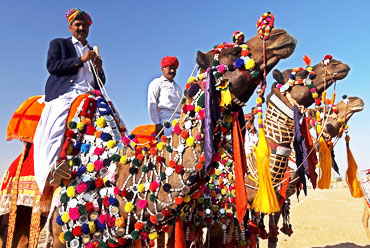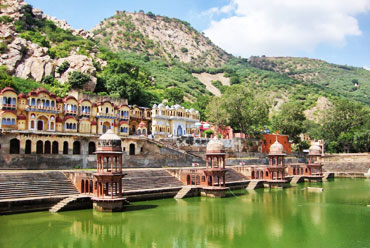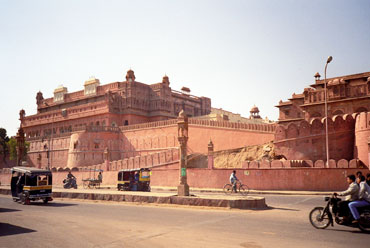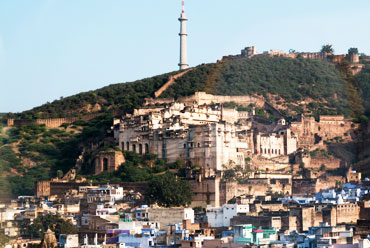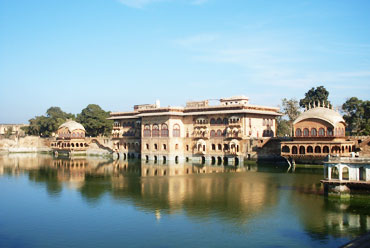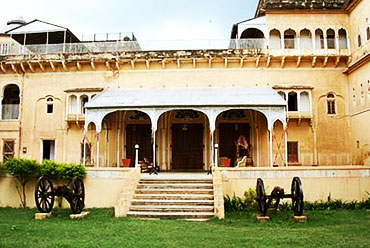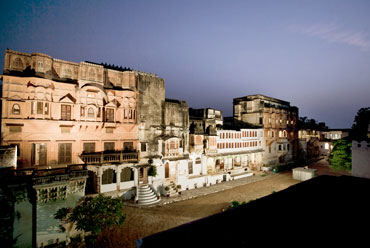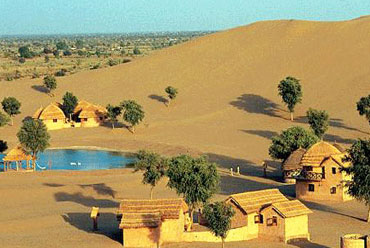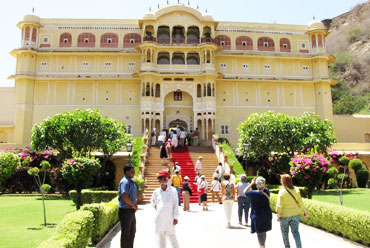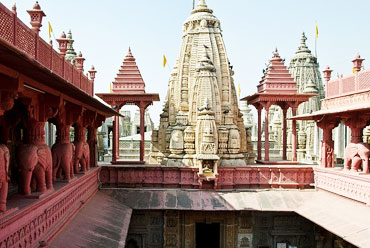The city of Ajmer is famous as a pilgrim place. It houses the Dargah or tomb of the popular 13th-century, Sufi Saint Hazrat Khwaja Moinuddin Hasan Chisti. Millions of pilgrims from all over the world throng Ajmer to attend the death anniversary of the great saint every year. The city also boasts of a number of monuments belonging to the Mughal era. The city is also known for its traditional handicrafts.
Location
The city of Ajmer is located in the state of Rajasthan, in the northwestern part of India. It lies 130 km southwest of Jaipur. It is flanked by the Ana Sagar Lake on one side and barren hills of the Aravali range on the other side. Ajmer is drained by streams of the Luni River flowing southwestward and by tributaries of the Banas River flowing eastward. The climate of Ajmer is hot. The maximum temperature can go up to 45°C in summers (April-June). Winters are cool (November-February).
History
Ajmer was founded by Ajayadeva, an 11th-century local Rajput ruler. It was shortly annexed by Delhi Sultanate in 1193, but returned to the local rulers, upon payment of tribute. Ajmer was also sacked by Mohammed Ghori in one of the many raids carried out by him on India. Sufi Saint Khwaja Moinuddin Chisti, the patron Saint of Ajmer, came here from Persia at the end of the 12th century. Ajmer became the part of the mighty Mughal Empire during the medieval period and was an important military center. Military campaigns against local Rajput rulers were initiated from Ajmer. Akbar built a fort here. The first contact between the Mughals and the British also happened in Ajmer, when Jahangir met Sir Thomas Roe in 1616. Shahjahan built marble pavilions around the Ana Sagar Lake in the 17th century. The Scindia rulers of Gwalior took over Ajmer, which was later taken over by the British in 1818. The British founded the famous Mayo College, a prestigious school here, in 1875.

